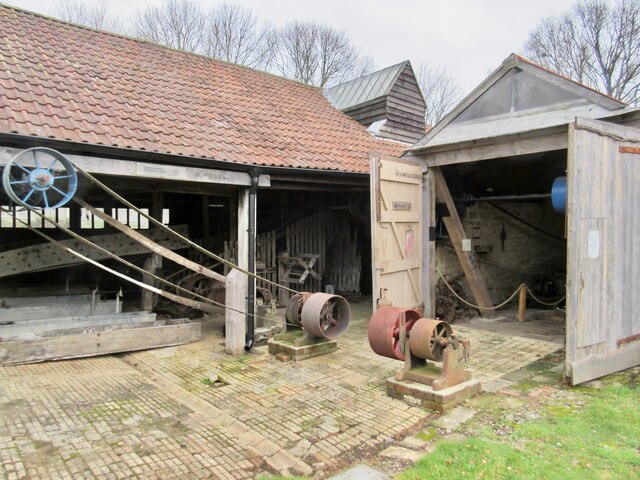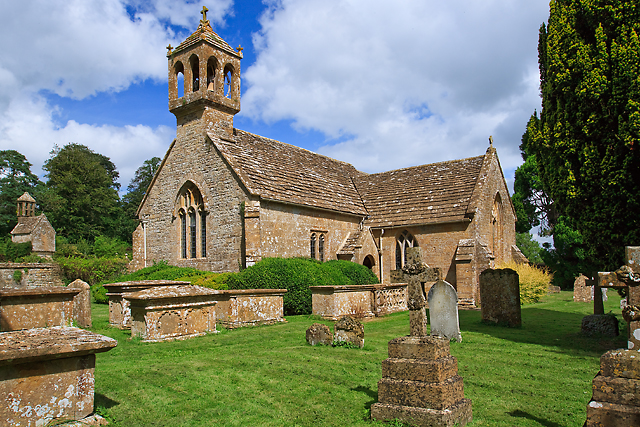The Rookery
Wood, Forest in Somerset South Somerset
England
The Rookery
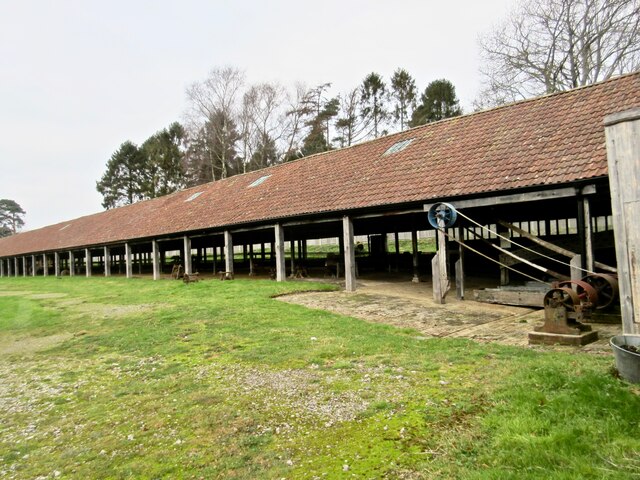
The Rookery, Somerset is a pristine woodland area located in the southwestern region of England. Spread over an area of approximately 100 hectares, this enchanting forest is a haven for nature lovers and outdoor enthusiasts alike. The Rookery is situated near the village of Somerset, providing easy access to visitors from nearby towns and cities.
The woodland boasts a diverse range of trees, including oak, beech, and pine, which create a stunning canopy and provide a habitat for various wildlife species. The forest floor is adorned with a rich carpet of ferns, wildflowers, and mosses, adding to the natural beauty of the surroundings. The Rookery is also home to a plethora of bird species, making it an ideal spot for birdwatching enthusiasts.
Visitors to The Rookery can explore the forest through a network of well-maintained walking trails, offering opportunities for leisurely strolls or more challenging hikes. The trails wind their way through the woodland, revealing hidden streams, small waterfalls, and scenic viewpoints along the way. Nature lovers can immerse themselves in the tranquil atmosphere, listening to the soothing sounds of birdsong and the rustling of leaves.
The Rookery also provides recreational facilities such as picnic areas and designated camping spots, allowing visitors to extend their stay and fully experience the serenity of the forest. The forest management team ensures that the area remains clean and well-preserved, promoting sustainable tourism practices.
Overall, The Rookery in Somerset is a remarkable woodland destination that offers a rejuvenating escape from the hustle and bustle of everyday life. Its natural beauty, diverse wildlife, and well-maintained trails make it a must-visit for anyone seeking a tranquil and immersive outdoor experience.
If you have any feedback on the listing, please let us know in the comments section below.
The Rookery Images
Images are sourced within 2km of 50.92887/-2.6766559 or Grid Reference ST5214. Thanks to Geograph Open Source API. All images are credited.

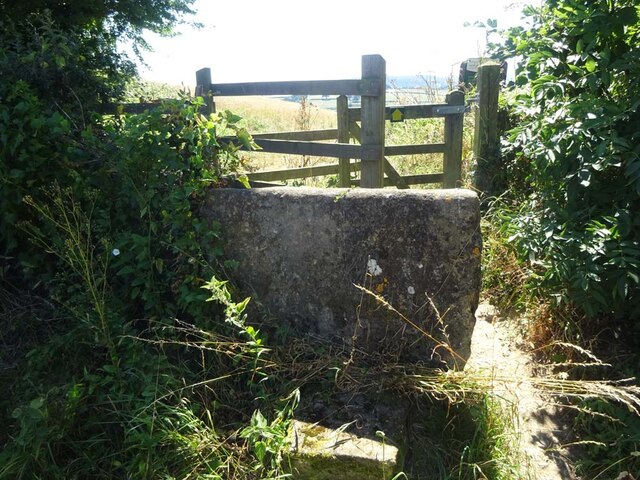
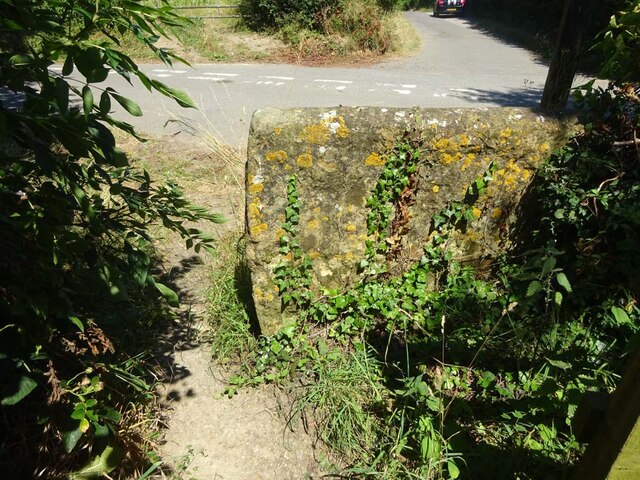
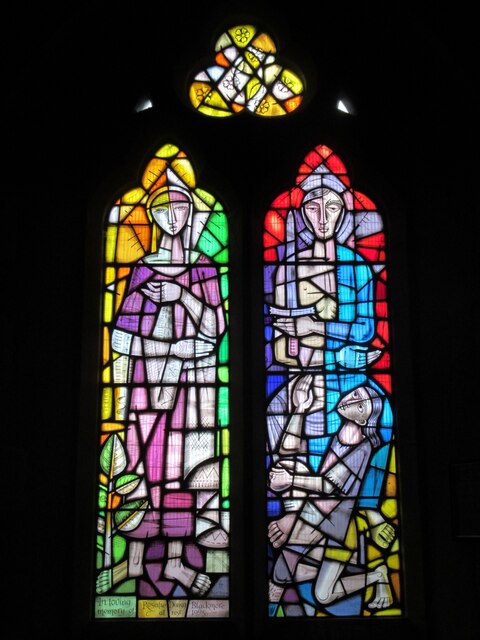
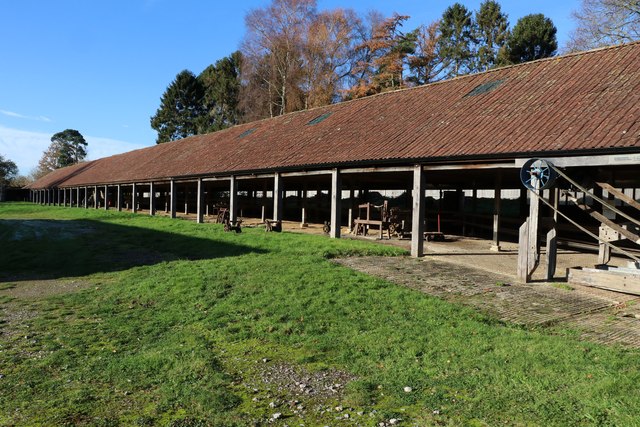
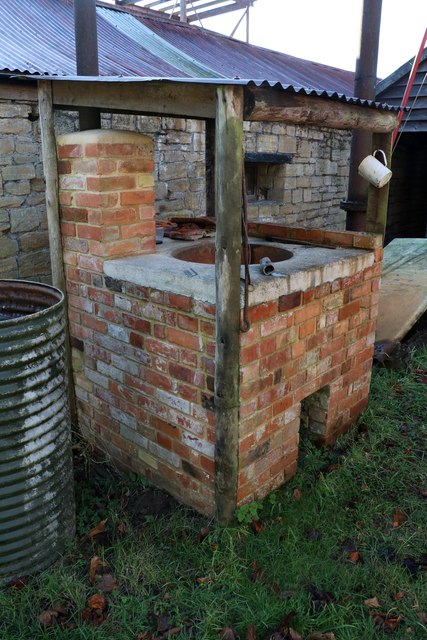
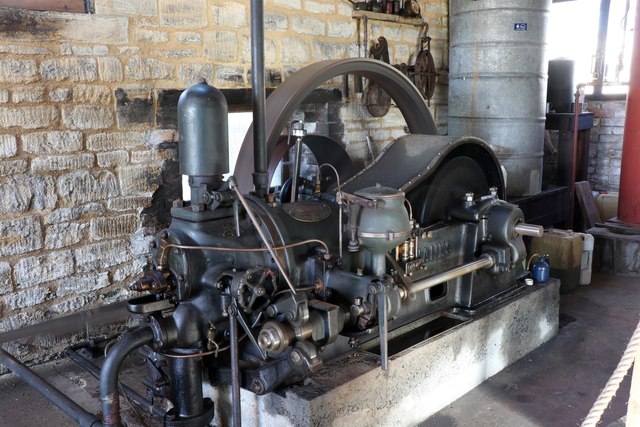
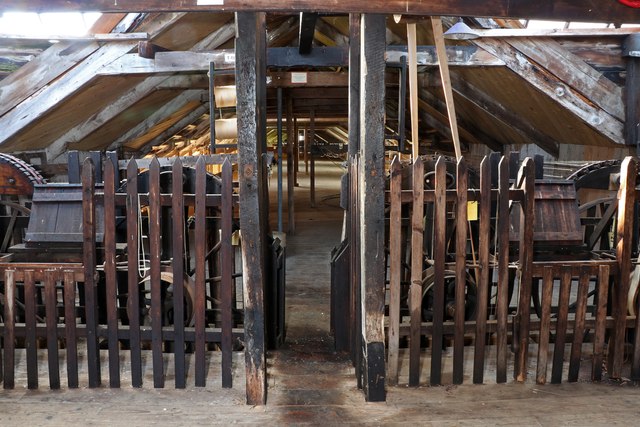
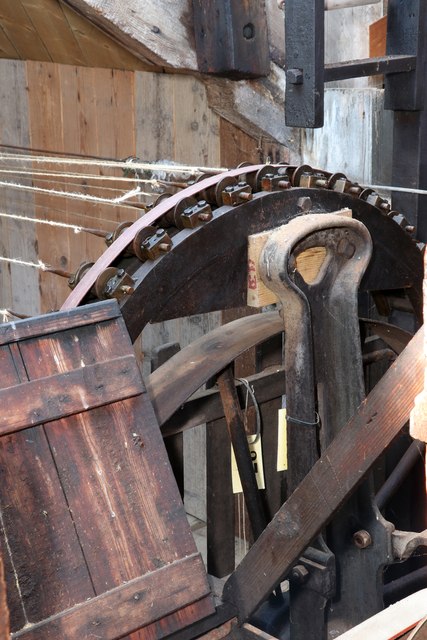
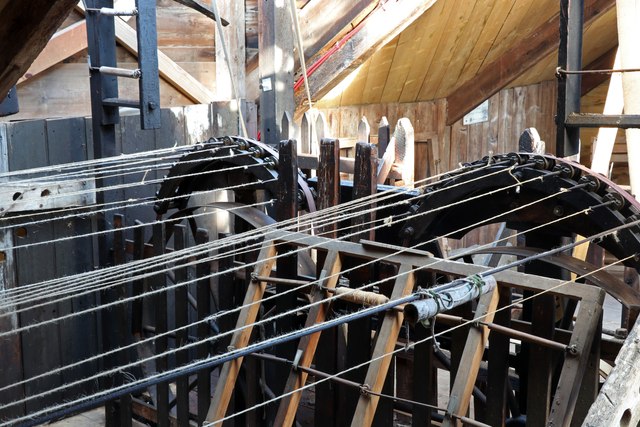
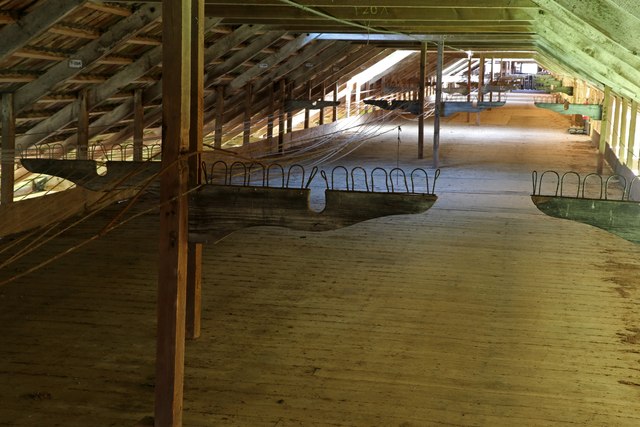
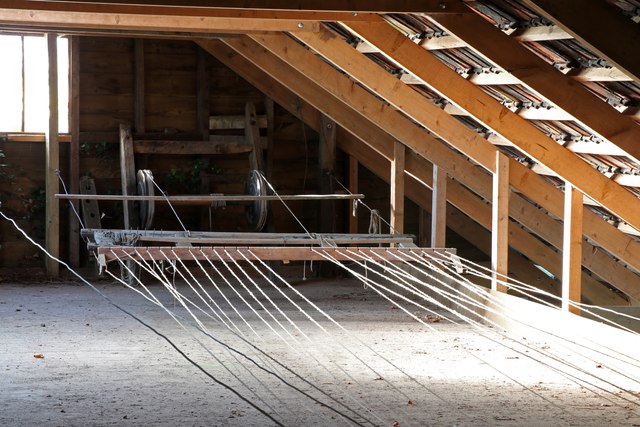
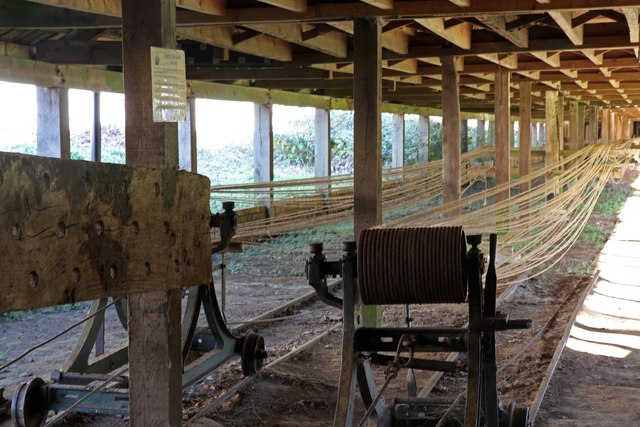


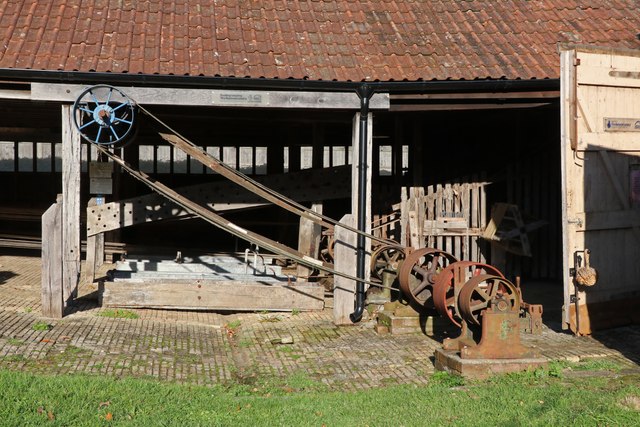
The Rookery is located at Grid Ref: ST5214 (Lat: 50.92887, Lng: -2.6766559)
Administrative County: Somerset
District: South Somerset
Police Authority: Avon and Somerset
What 3 Words
///educates.arose.saunas. Near West Coker, Somerset
Nearby Locations
Related Wikis
St Andrew's Church, Brympton
The Church of St Andrew in Brympton, Somerset, England, dates from the 13th century and has been designated as a Grade I listed building. It is closely...
Brympton d'Evercy
Brympton d'Evercy (alternatively Brympton House), a grade I listed manor house near Yeovil in the county of Somerset, England, has been called the most...
Brympton
Brympton is a civil parish and electoral ward in Somerset, England. The parish is situated on the north-west edge of Yeovil in the South Somerset district...
Manor House, West Coker
The Manor House in West Coker, Somerset, England has medieval origins, however the earliest surviving portions of the current building probably date from...
St Martin of Tours' Church, West Coker
St Martin of Tours' Church, West Coker is a Grade II* listed parish church in the Church of England in West Coker, Somerset. == History == The church dates...
Westland Sports F.C.
Westland Sports Football Club is a football club based in Yeovil, Somerset England. They currently play in the Dorset Premier League at their home ground...
Naish Priory
Naish Priory in East Coker, Somerset, England, contains portions of a substantial house dating from the mid 14th century to around 1400. Emery says the...
West Coker
West Coker is a large village and civil parish in Somerset, England, situated 3 miles (4.8 km) south west of Yeovil in the South Somerset district. �...
Nearby Amenities
Located within 500m of 50.92887,-2.6766559Have you been to The Rookery?
Leave your review of The Rookery below (or comments, questions and feedback).
